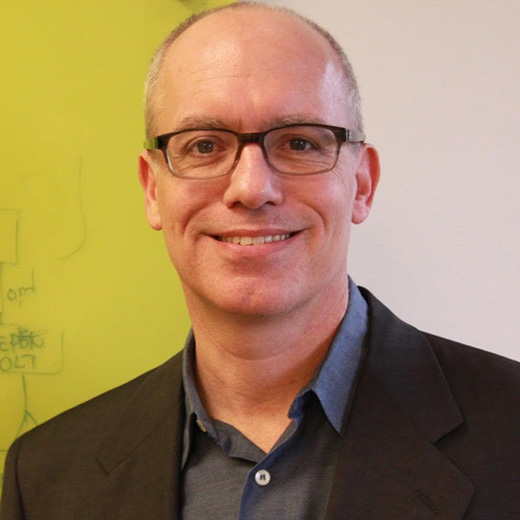
Name: Robert Soukup
Title: Head of Program Access 4.0
Company: Deutsche Telekom AG
Company Twitter handle: @Telekom_group
Please describe your company in a few sentences:
We are the leading telecom operator in Europe with 165 million mobile customers, 28.5 million fixed-network lines and 18.5 million broadband lines. We have a proven track record of innovation and are committed to drive the development of carrier grade cloud-based access on CORD and ONOS.
Why did your company join ONF?
Over the last couple of years, we learned a discipline called Cost Engineering from the automotive industry. The key paradigm is transparency. Disaggregation creates this transparency but we need global partners to drive this in a traditionally conservative industry to make a bigger impact. ONF is the leader in innovation change and a place where we can collaborate with like-minded players to advance the Cloud, SDN and NFV technologies to build next-generation solutions.
Why is your company investing in ONOS and CORD?
After disaggregating something, you need to stitch it together. An SDN controller is an excellent choice to handle that and ONOS fits our uses cases perfectly. We also share the same principles as CORD. CORD is an excellent nucleus but each carrier will have to develop his own flavor around that.
What benefits have you seen or what do you expect to achieve with these projects?
Transparency, fair prices and more players on the vendor side.
What are your thoughts on how open source will advance SDN for the service provider industry?
There are three aspects: First, ONF, as an open source platform and an operator-led consortium, addresses a key point: standardization and acceleration. Open source creates de facto standards. Combined with continuous work in SDOs this seems to be the right choice for DT. Second, transparency and joint development. This will lower overall costs. Last, but not least, I believe that open and transparent systems are fertile ground for any form of innovation.
Where do you see ONOS and CORD in 20 years?
This is a tricky question as 2037 is a long ways away. But I believe we won’t see any more blackboxes, but self-organizing, plug’n’play like networks and full automation.
Anything else you would like to share?
The ONOS and CORD projects are focused around community work. I’d like to encourage more operators across the globe to join us. The more players we have on board the better we can re-shape the industry. The transformation has just started…

